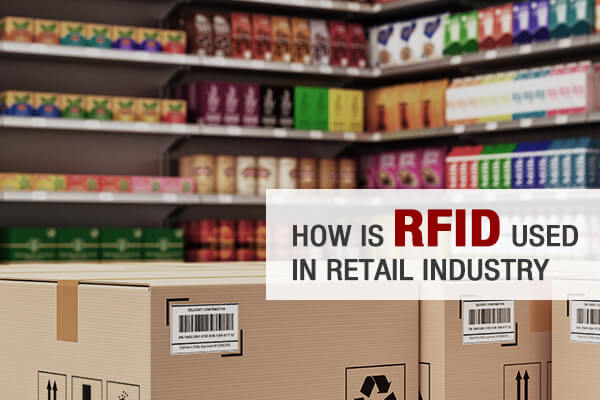The retail inventory process is time-consuming, manual, and only fone at predetermined intervals. With RFID in retail, this whole process is simplified. RFID in retail involves the placement of RFID tags on items that emit signals to RFID readers. The signals are then processed by software that generates real-time results for inventory levels, stock taking, transactions, or individual customer purchase order history. Retailers use RFID mostly for item tracking. This can be used to track items that are often misplaced or are frequently moved and also prevent theft. Using RFID technology, retailers can now track their inventory throughout the retail supply chain, that is, from the warehouse shelves all the way to the sales floor. RFID is used in retail for;
Stock management
Without a clear picture of the products available, retailers can easily understock or overstock. With the RFID technology, retailers can meet consumer demand as the tags will help them ensure that products are always in sufficient supply. Also, staff work is reduced as they don’t have to account for every product manually. RFID’s ability to take in and process a wide range of data within minutes has improved inventory accuracy.
Security
With RFID technology, retailers can account for every product. This detailed accountability is enabled by RFID tags, therefore, reducing theft and shrinkage. The essential character of RFID is its data monitoring measure that instantly tracks the location of any item. RFID technology leads to a direct reduction in theft as it can help reduce inventory shrinkage by accurately monitoring inventory. Also, when a customer walks through gates that are used to read radio wave signals, any item that they shoplifted is traced. With RFID retailers can prevent consumer shoplifting as they can track inventory and asset movements.
Improving customer experience
RFID technology doesn’t require line of sight. This is very important to retailers as the tags can be read faster and easier, therefore, shortening queues and speeding up the checkout process. With RFID technology, the customer experience is improved as the tags increase product availability and store associates can have more time for their customers. Also, with RFID-enabled Point of Sale, customers can enjoy self-checkout services – customers don’t need to scan the commodities one by one, they just need to put all the commodities in the basket and the RFID reader will detect all the commodities within few seconds.
Supply chain management
Retailers can achieve full item-level inventory visibility across their supply chains and stores due to the ease and accuracy of RFID stock counts. This also reduces the labor intensity of operational processes due to the speed of RFID inventory counts. With a complete and up-to-date view of stock across all channels, it is now possible for retailers to open up the inventory of their entire store network which provides a better customer experience and increases sales.
Increasing process efficiency
RFID readers can read hundreds of individual items at once, whether they are handheld or fixed. Each item has a unique ID that can never be read more than once. RFID inventory counts and outbound/inbound checks are incredibly reliable and fast. The RFID technology has been found to reduce cycle count times in the case of store inventories. Therefore, store inventories can be done multiple times in a week rather than a year and are far more convenient to perform.
Conclusion
RFID in retail helps retailers to keep their stores running effectively and efficiently. The RFID technology has also made everything easier and faster in retail.
Click here to learn more about the RFID label that’s used in the retail industry.
.png)
